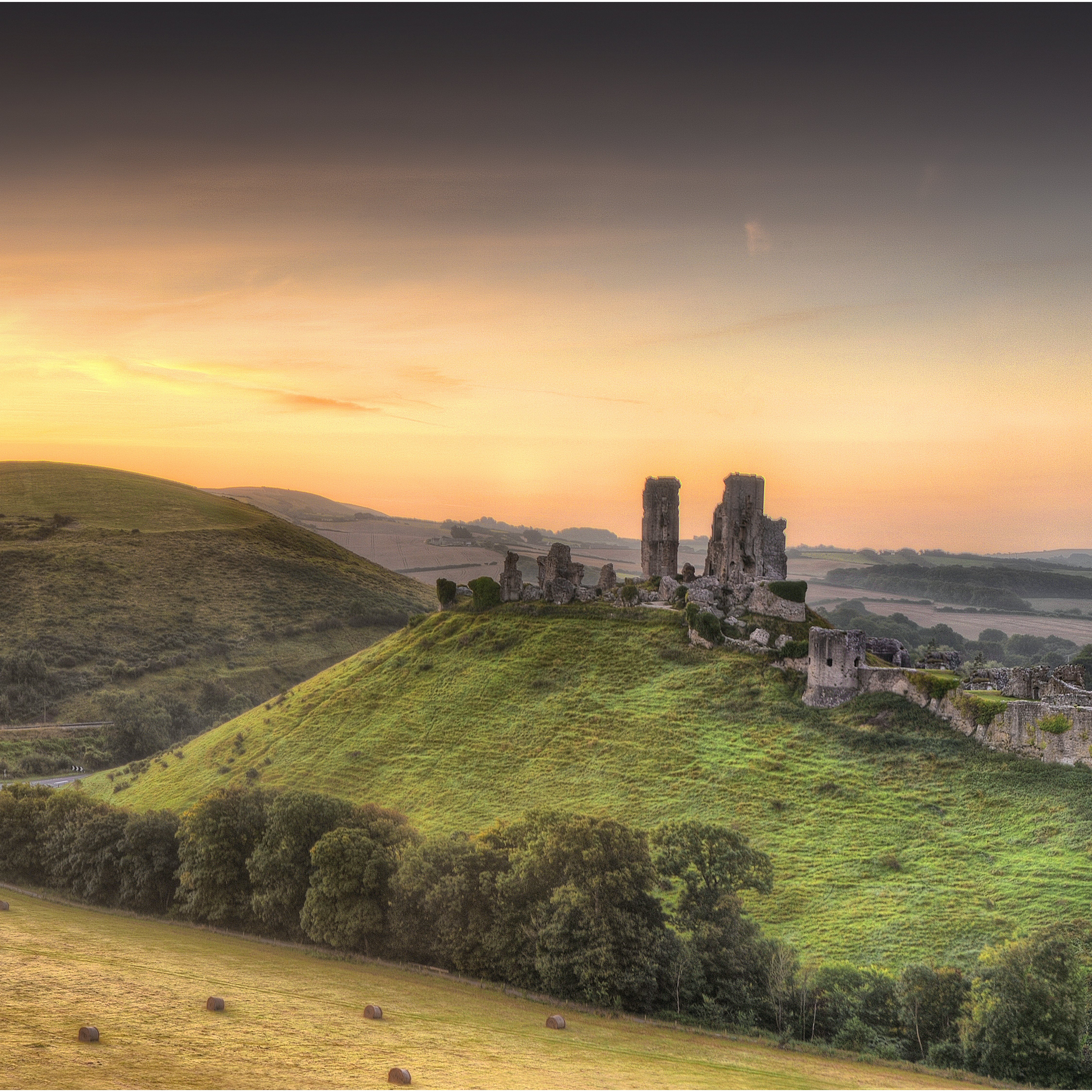
Overview
Holiday hot spot Dorset offers a checklist of charms. Its shoreline is one of Britain’s best and boasts the Jurassic Coast – a World Heritage Site flecked with sea-carved bays, crumbly cliffs and beaches loaded with fossilised souvenirs. Swimming, kayaking and hiking here are memorable indeed. Inland, Thomas Hardy's lyrical landscape serves up vast Iron Age hill forts, rude chalk figures, fairy-tale castles and must-see stately homes. Then there are resorts alive with party animals, golden beaches flanked by millionaires' mansions, and sailing waters that have hosted Olympic events. Time then to add Dorset to your holiday list.
Leave the planning to a local expert
Experience the real Dorset. Let a local expert handle the planning for you.
Must-see attractions
Planning Tools
Expert guidance to help you plan your trip
Best Things to Do
From adventures on the Jurassic Coast to unexpected gems in the county’s picturesque interior, the only problem with choosing Dorset is where to start.
Read full article
Get a book. Get inspired. Get exploring.
in partnership with getyourguide













